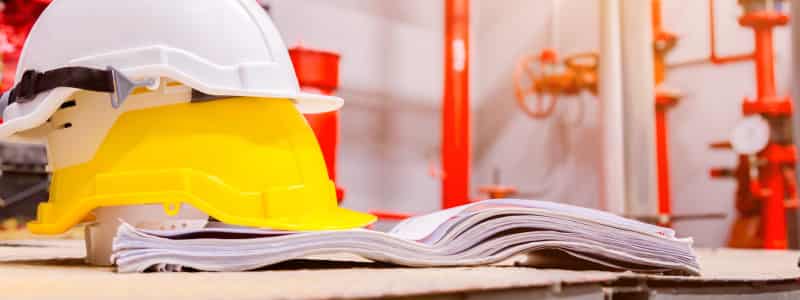Sydney-based solicitor, working at Watkins Tapsell Solicitors and Barristers. Formerly Legal Intern at Lawpath.
💡 Key insights
- Under the national framework adopted across Australia, Work Health and Safety Act 2011 (WHS Act) requires businesses — including employers and self‑employed persons — to eliminate or, if that is not reasonably practicable, minimise workplace risks to health and safety for workers and others (visitors, contractors, volunteers).
- WHS obligations apply broadly to employers, employees, contractors, volunteers and visitors — meaning everyone at the site has a share of responsibility under the law.
- Certain types of activities such as asbestos removal, demolition, high‑risk work (e.g. working at heights, using cranes or forklifts), pest control or explosive‑related work require specific licences before they can legally be performed.
- If a business fails to comply with WHS law — for example by not having adequate safety policies, failing to control risks, or not conducting regular reviews/audits — it can face serious consequences including heavy fines (up to AUD 1.5 million for corporate entities) and liability for negligence or injury claims.
You may be familiar with OH&S but now it has shifted to WH&S. The short answer is it’s about the same stuff, an updated name, and some updated rules. Workplace health and safety isn’t optional for a business. This means you need to be prepared.
Work health and safety
In 2011 Safe Work Australia developed a universal set of model WHS laws. Then each state and territory legislated these model laws. There are two central aims to WHS policies. Firstly, to eliminate risks ‘as is reasonably practicable’. If this can’t be achieved then the minimisation of risks ‘as is reasonably practicable’. This can be split up into the roles of supervisors and of employees. As part of WHS law, one will frequently encounter the phrase ‘reasonably practicable’. To help assist laypeople there is a pdf that helps interpret this. The key point is that a number of considerations must be taken into account to work out if it was reasonable per each situation.
Obligations
There are numerous groups which can have WHS obligations under the Work Health and Safety Act 2011 (Cth). This includes employers, employees, contractors, visitors and volunteers. You may have seen some of these before such as warning signs stating all visitors must wear hard hats on a construction site. Furthermore, as an employer, there are insurance obligations. As a business with employees, you must have workers insurance. Then, depending upon your industry you may have to take out public liability insurance. This insurance covers you for negligence such as injury claims that could happen on a worksite. Again this is all industry-specific, for example, there are domestic building insurance and structural defects indemnity insurance available for the building industry.
Licenses
Asbestos, demolition, explosives and fireworks, high-risk work, traffic controllers, and pest management and fumigation all require a specific license. An example of this is high-risk work. The current law is you can’t carry out high-risk work unless you are over 18 and have a high-risk license. Some examples of high-risk work include scaffolding, forklifts, rigging, using some cranes and more. These licenses can overlap such as carrying out demolition work might also require you to have an asbestos license. You can register locally in your state. If you are still unsure you can check with a WH&S lawyer
Workplace health and safety penalties
If a corporate business fails to comply with workplace health and safety then some of the offences range as much as 1.5 million in fines. One of the ways to safeguard is to have policies in place around workplace safety. It will cost money to implement but a business needs safe equipment and premises. You can even pay a private company to conduct an audit to see if your business complies with WH&S. There should also be the required safety officers in charge. Likewise, the business should carry out scheduled reviews. Furthermore, a breach of WH&S can also lead to a negligence claim being made as well.
Need more information? Contact a LawPath consultant on 1800 529 728 to learn more about customising legal documents and obtaining a fixed-fee quote from Australia’s largest legal marketplace.






